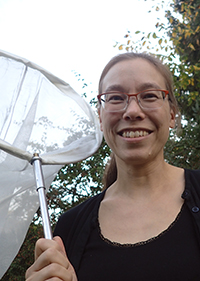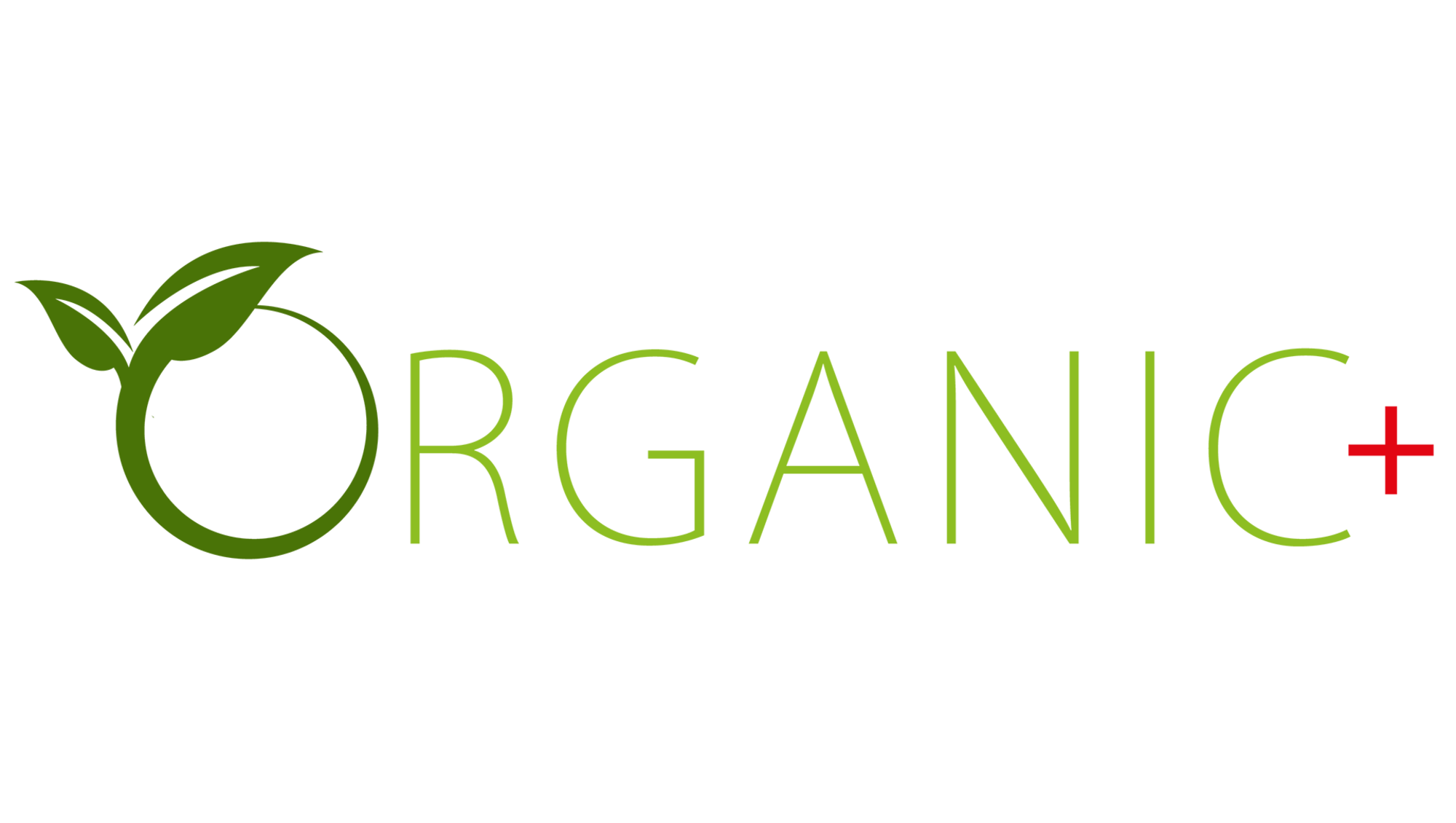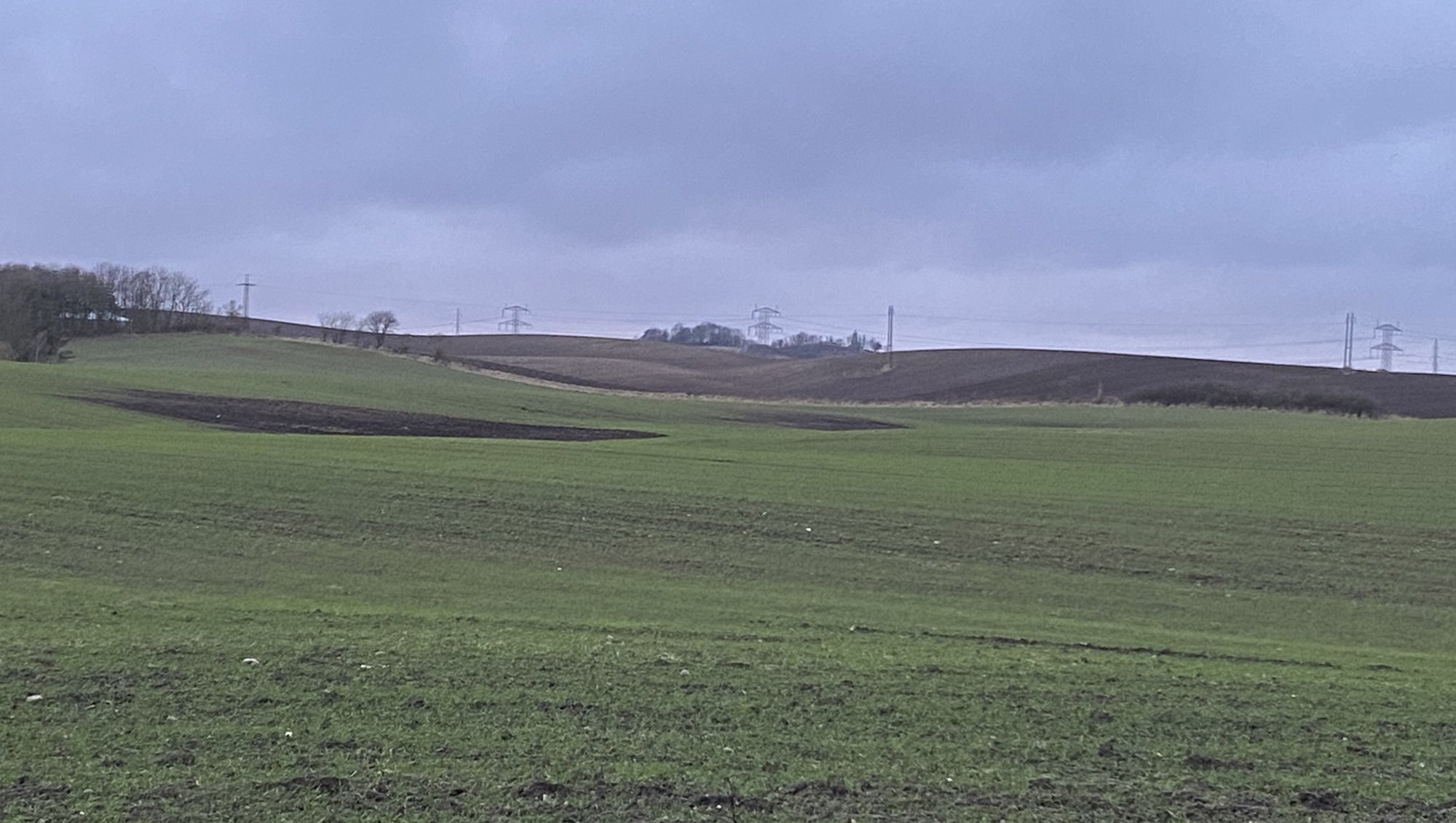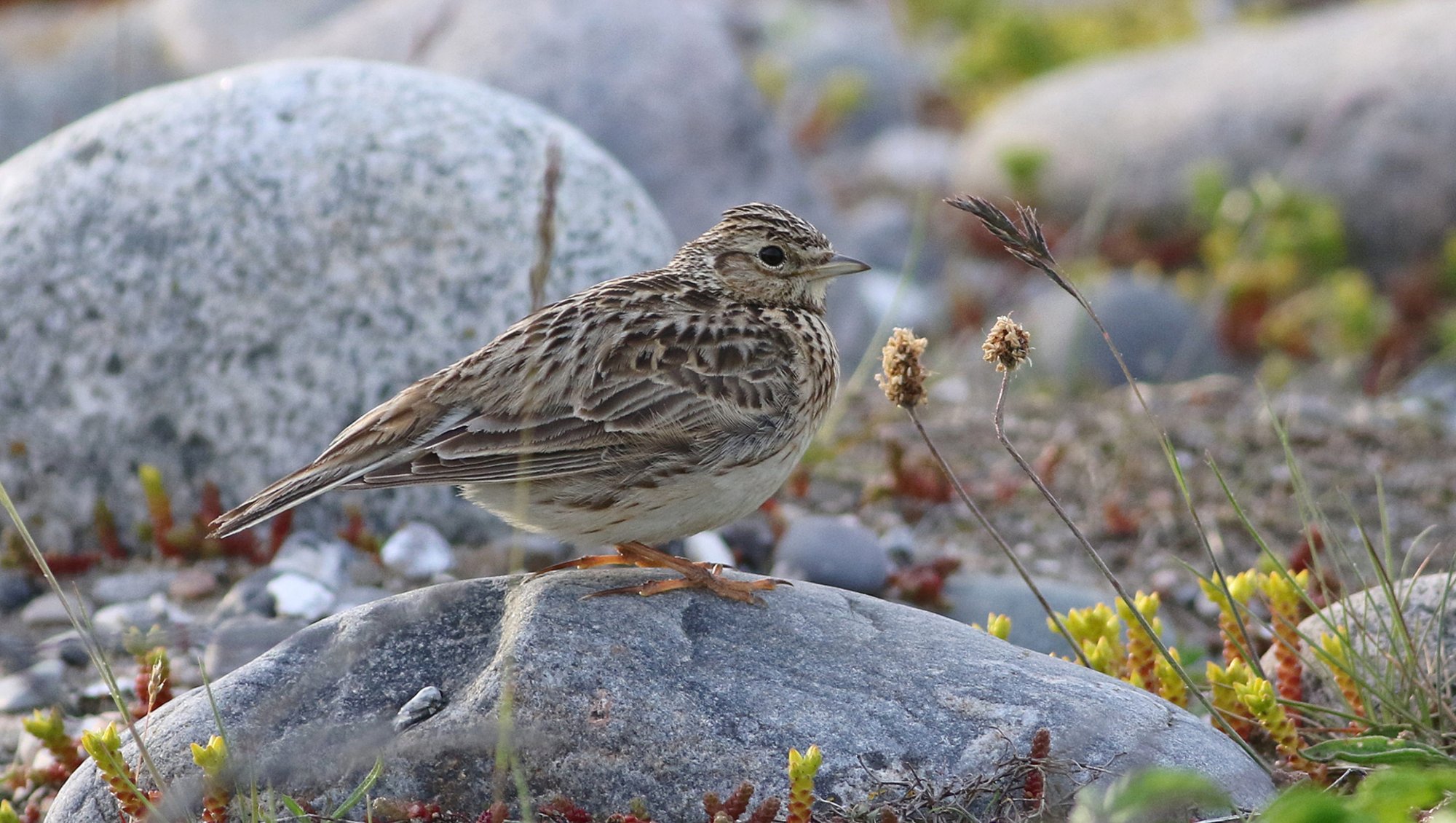Organic+
Initiatives to increase biodiversity in organic farming and landscapes
Biodiversity is the diversity of living organisms in nature as well as in farming systems. Organic consumers are often environmentally conscious and have expectations of a biodiversity-friendly production. That is why credibility is a cornerstone for organic farming. However, intensive organic farming do not necessarily benefit wild animals and plants or biodiversity in general, and the effects of biodiversity friendly management actions are often dependent on the surrounding landscapes.
Many organic farmers would like to increase biodiversity on their farms. However, which management actions should they choose, where should these be placed on the farm, and are there practical considerations on local and regional levels? Can we measure an increase in biodiversity when implementing targeted efforts to benefit a diverse flora and fauna?
The purpose of Organic+
The aim of Organic+ is to target biodiversity-friendly initiatives and document effects on biodiversity in organic production.
Organic+ will use computer simulation, multi-actor involvement, and field observations to document environmentally friendly farming practices, and initiatives that are feasible in organic farming, and which best support biodiversity locally and regionally. The project involves 5 case regions, where local communities of practice are established. These will bring together farmers and their collaborators to exchange knowledge on opportunities and limitations of biodiversity friendly farming practices and initiatives, and to support co-development of a decision support tool. Organic+ will also document changes in biodiversity in the case regions before and after the targeted biodiversity initiatives.
The goal of the project is to develop and test a tool that can guide farmers and farming consultants in their choice of biodiversity friendly management actions (for example, flower strips, fallow, or roadside management) and their location in the landscape. The tool is based on computer simulation and machine learning and simulates the development of populations of economically and socially important species , including insect pollinators and natural enemies of pests, farmland birds, and mammals.
The Project Step by Step
- Establishment of 5 case regions (3 organic enterprises) from different regions, landscape types, and farming systems in Denmark. Each area is surrounded by a large organic farm or a cluster of several smaller organic farms, giving the opportunity to establish a community of practice (CoP)
- Research on current farm management measures and practical limitations for future biodiversity friendly management actions by multi-actor involvement (farmers, extension services, local politicians, etc.) in each case region (year 1)
- Estimation of expected effects of biodiversity friendly management actions by use of computer simulation of long-term population development for selected biodiversity indicator species
- Advising farmers in the case regions of targeted biodiversity friendly management actions (type and location) based on results from computer simulation and biological knowledge (year 2 and 3)
- Research on biodiversity by field monitoring of selected groups of organisms (plants, flying insects, farmland birds) before (year 1) and after (year 2 and 3) targeted biodiversity management actions in the case regions
- Development and testing of decision-making support tool to select the type and location of biodiversity management actions
- Demonstration and dissemination of methods to optimise biodiversity locally and regionally in case regions, and for organic farmers in general.
Projekt leader

Yoko Luise Dupont
Department of Ecoscience - Biodiversitet,
Aarhus University
E-mail: yoko.dupont@ecos.au.dk
Tel: +4521343591
Project partners
Innovation Centre for Organic Farming
Stenalt Land- og Skovbrug
Gram og Nybøl Godser
Thise Mejeri A.M.B.A.
You can also visit the project website on SESS
Organic+ also has a project website on Social-Ecological Systems Simulation centre under Aarhus University on this link Organic+



